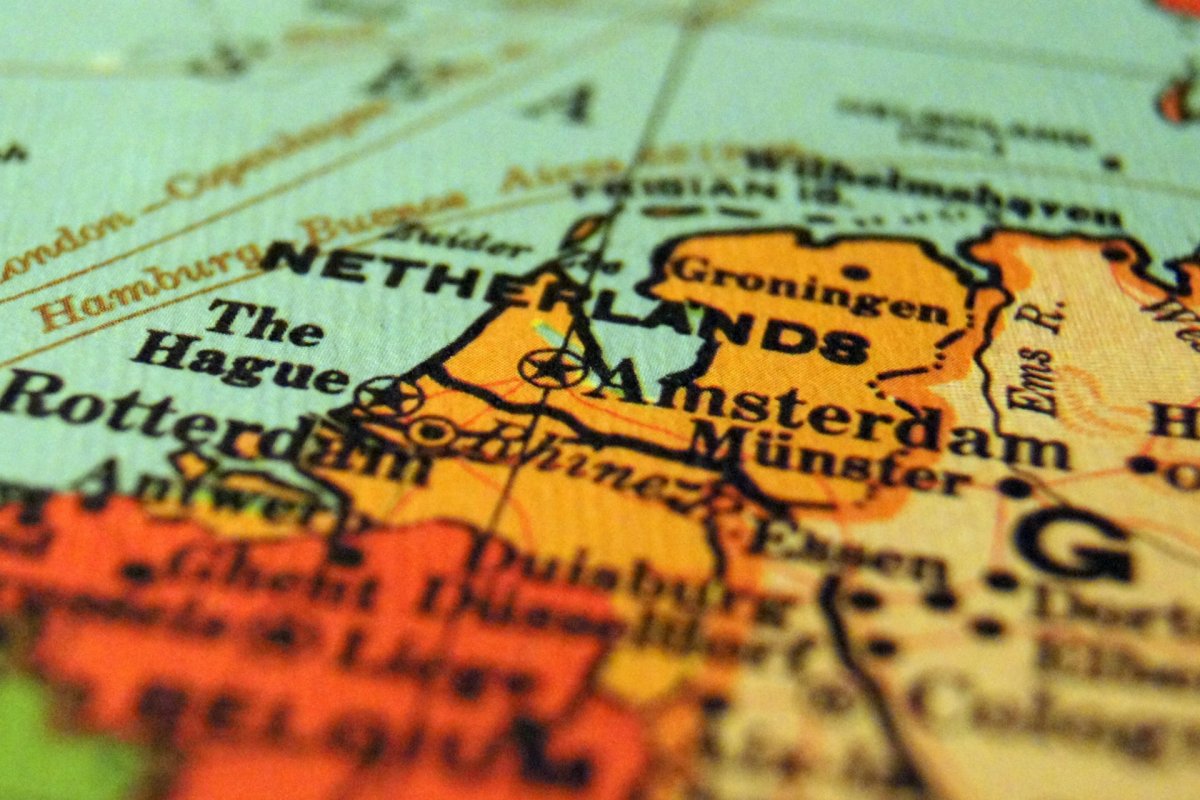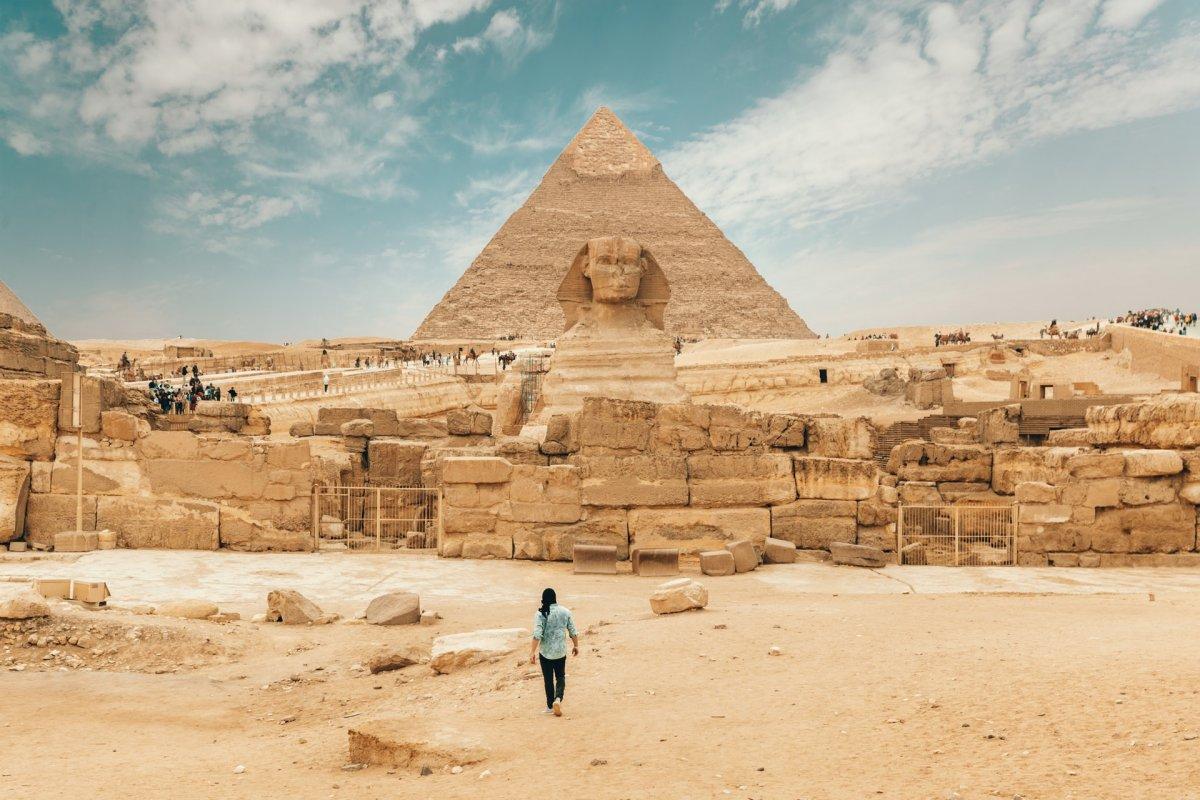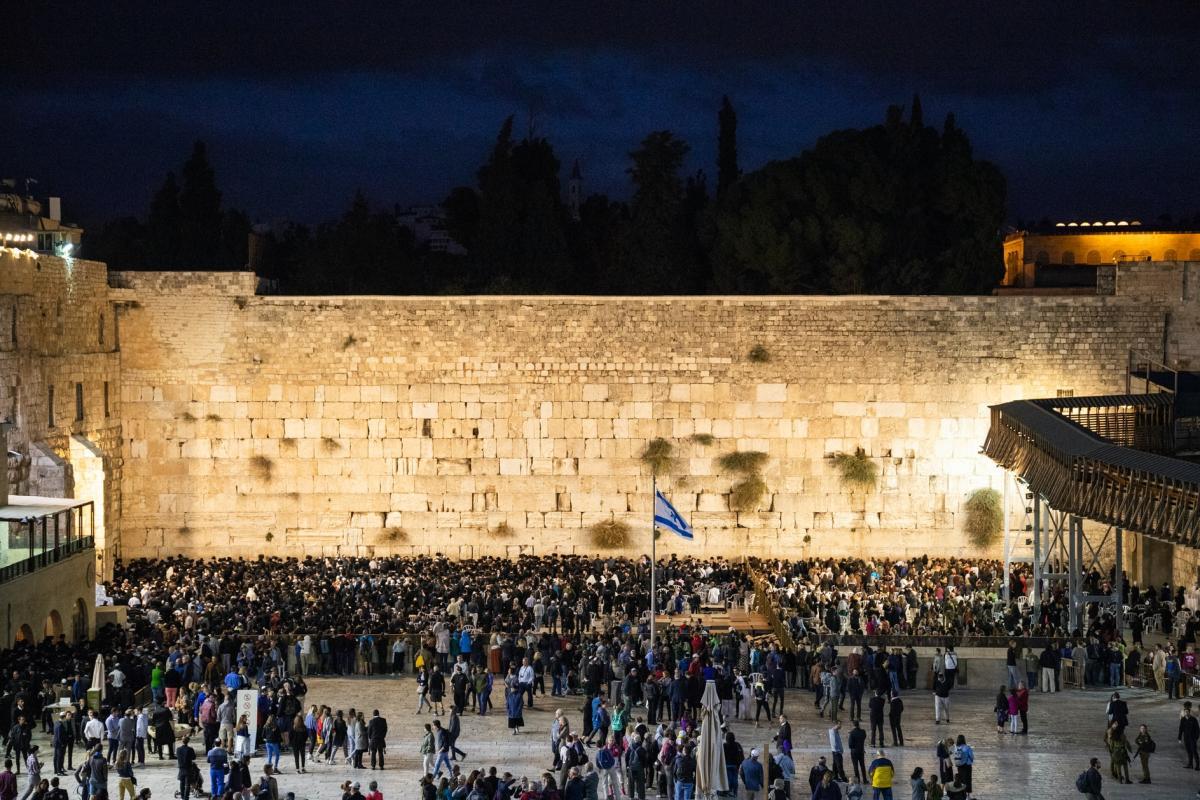30 Brazil Education Facts (all about Brazilian schools)
Did you know that school in Brazil is mandatory until the age of 14? Or that only about a third of the 20-24-year-olds go to college?
Discover everything through these 30 interesting Brazil education facts! 🇧🇷 🎓
The Best Facts About School in Brazil
Brazil is the biggest country in South and Latin America. It is a tropical land, and its capital city is Brasília, which has over 3 million inhabitants.
An interesting part of the country that I wanted to tackle is its education. In light of that, I have listed my 30 best facts about Brazilian schools, and I hope you will love them:
1. The lack of education in Brazil leads to a large income inequality
The country of Brazil is currently facing a crisis of uneducated adults. Because of this, the income inequality is very, very high, and because education is so linked with income whether you have a degree or not makes a huge difference in Brazil.
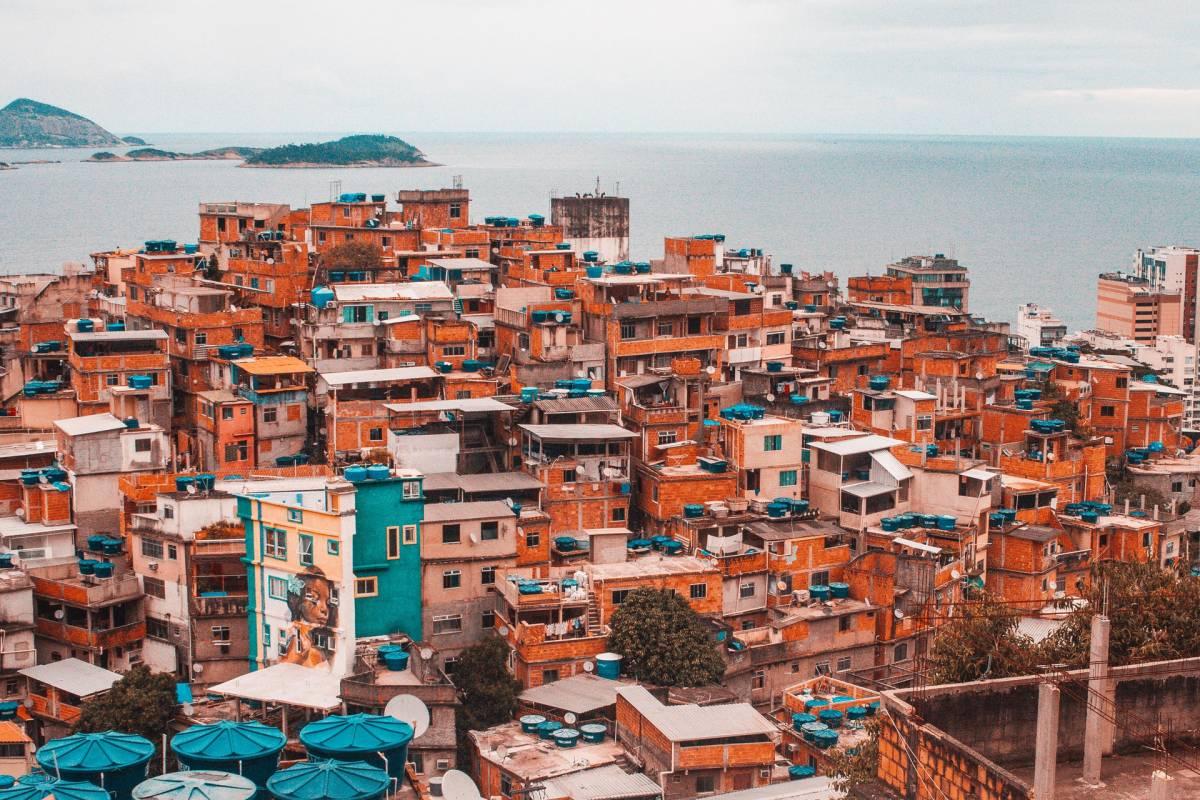
2. Only 69 percent of 15-19-year-olds are enrolled in education in Brazil
You will quickly realize this as the list goes on, but Brazil’s education is seriously problematic. Many adults are uneducated… because children are not enrolled in education that much. Of 15 to 19-year-olds, only 69 percent of them go to school.
3. For 20-24-year-olds, the enrolment rate in Brazil’s education is even worse
Higher education in Brazil is poorly attended as the enrolment rate is even more tragic when it comes to the 20 to 24 years olds. Only 29 percent of them are educated!
This is a very important reason why there are so many income discrepancies.
4. Graduate salaries are 2.5 times higher than those of non-graduates in Brazil
You already know that there is a huge income inequality in Brazil but if I put numbers onto these words you might understand it a little better: for graduates, salaries are twice and a half higher than those without degrees.
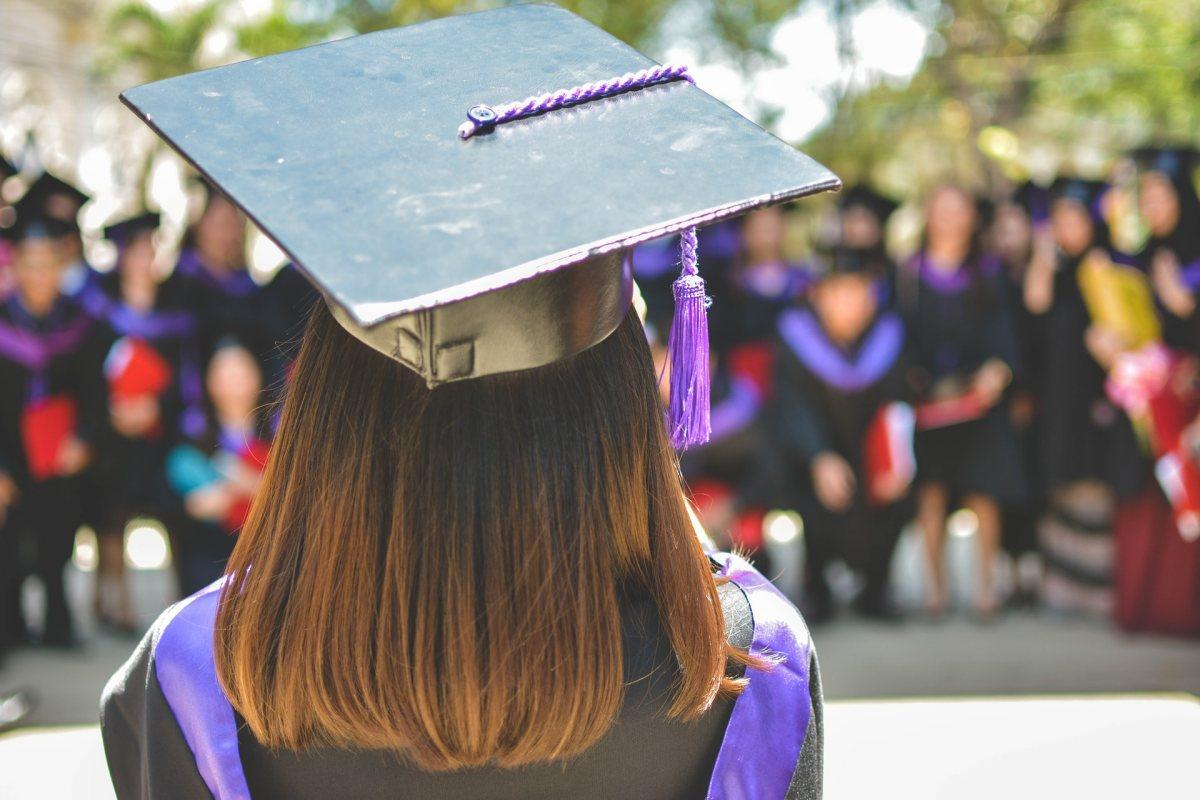
5. People who did not finish secondary education in Brazil are severely underpaid
You could argue that academic degrees’ influence on income is a bit too high in Brazil, but that is how the country works.
If you compare graduates to people who did not finish secondary school, the gap is even larger: the latter earn 5 times less than their counterparts.
6. There is a reason behind the wage discrepancies in Brazil
After all, I have just told you, you are probably wondering how it is possible that these inequalities still exist to this day in the country. It is in fact because the education system favors the rich: if you come from a poor family, you will most likely struggle, unfortunately.
7. The majority of students in public Brazilian universities are white and rich
On top of income inequality, there is also an ethnic discrepancy in Brazil’s education system. Students attending public universities are more likely to be white and rich.
Also, they have mostly attended private schools before going to university, which most people can not afford.
8. Brazilian government expenditure on education is lower than most OECD countries
The OECD is the Organization for Economic Co-operation and Development. It is an international organization willing to “build better policies for better lives”.
When it comes to their government expenditure on education standards, the Brazilian one is lower than the average.
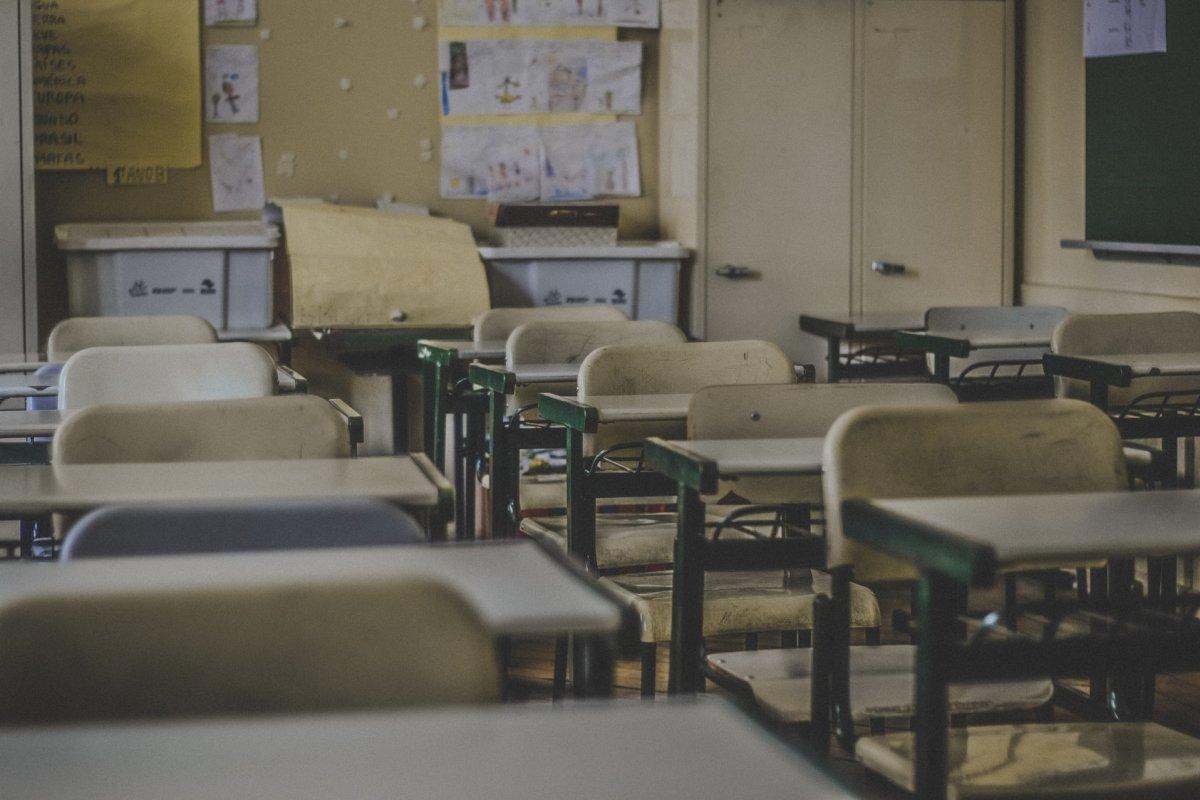
9. There are still initiatives being made by Brazil to increase the quality of its education
Brazil president Dilma Rousseff announced in 2014 a new educational plan to increase the quality of the country’s education, at a tragic low. This means that there is still hope for Brazil: 10 percent of the GDP is supposed to be spent by the government on education by 2024.
10. The financial crisis also affects Brazil’s education
While there is still hope to save the Brazilian education system, even the latest plan will probably never occur. Because of how important the aftermath of the financial crisis was, the country took a huge hit, thus its education as well.
11. More needs to be made in the near future to take care of Brazil’s education
New plans are good, and increasing government expenditure on education is always great.
However, in Brazil, even with this huge new plan, the investment in education remains lower than most OECD countries. The government needs to do more if it really wants to take care of this huge issue.
12. The first phase of Brazil education system is pre-school
Just like in many countries in the world, Brazil’s education starts with pre-school, at a young age.
This is only for kids aged up to three years old. In Brazilian Portuguese, it is called “Educação Infantil”, and it is entirely optional, similar to other countries.
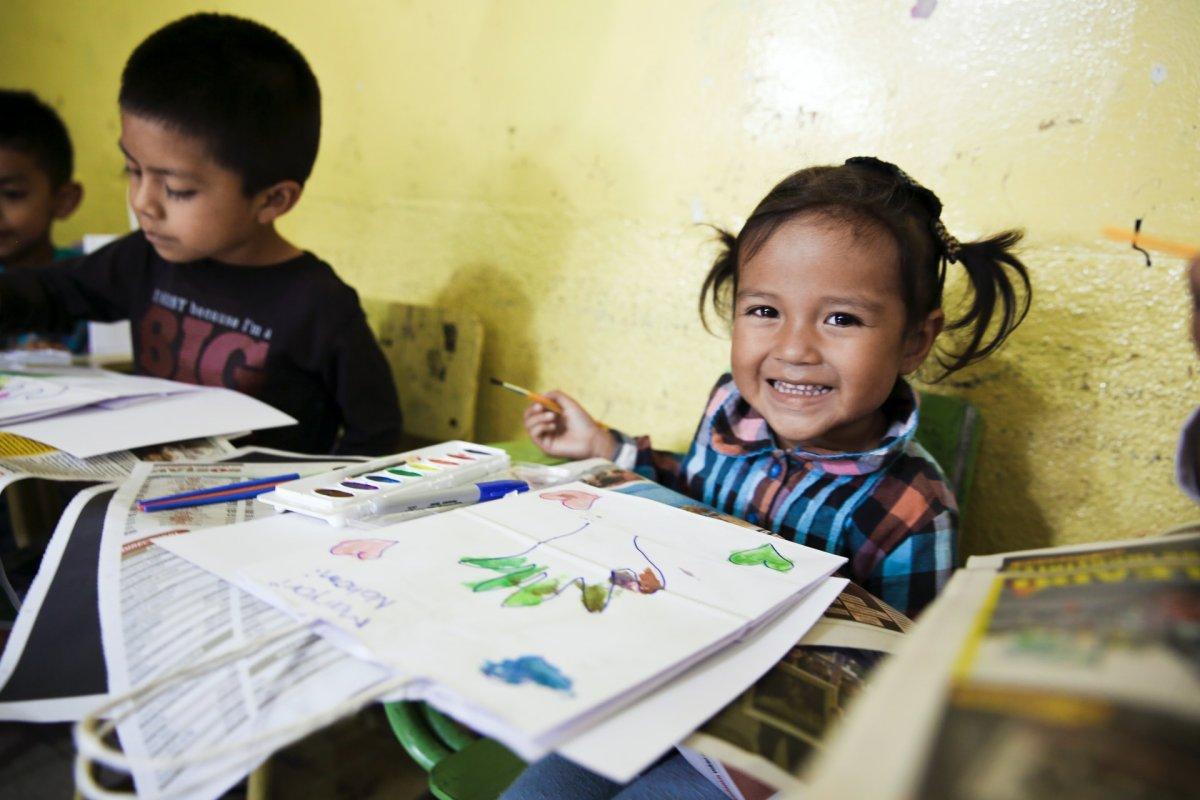
13. The second phase of Brazil education is kindergarten
Kindergarten in Brazil is, again, very similar to most countries, and school is still not mandatory at that stage. This is for children from 4 to 6 years old. There, they are mostly being taken care of but also learning the basics of education.
14. Discrepancies in Brazil’s education system start at a very young age
Preschool children already have to make an important choice right at the beginning of their educational journey.
Whether they will join “Maternal” or “Jardim” depends on their parents. It is a huge indicator of the discrepancies that are found everywhere in Brazil’s education system.
15. “Maternal” are state-run crèches for children aged 2 to 5
“Maternal” is the common option for many people in Brazil. These are state-run crèches that act more as a daycare than as a school. They are funded by the state so entirely free. Unfortunately, not everyone can afford to send their children to “Jardim”.
16. “Jardim” are schools for children aged 3 to 6
“Jardim” is the second option for children in Brazilian preschool. They are private and are more likely to be more oriented towards academic education, preparing the future of the children a bit better. This has nothing to do with the playground that “Maternal” is.
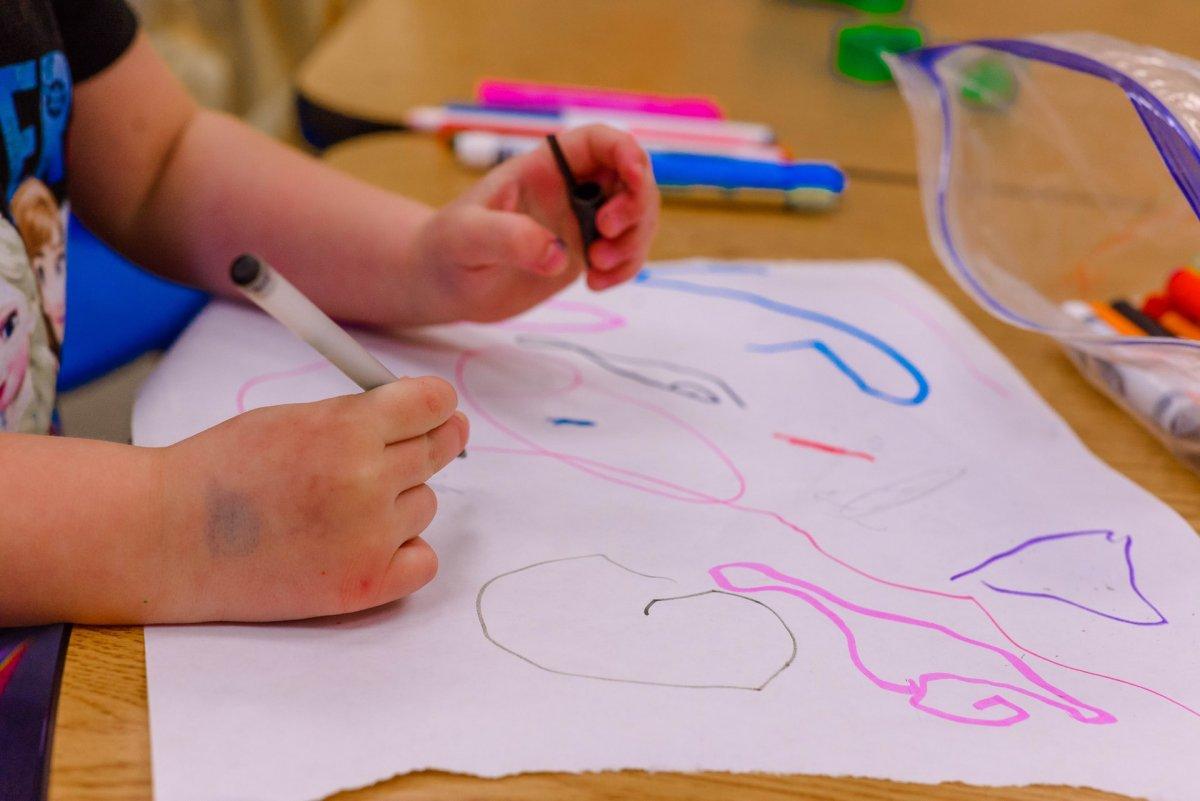
17. The schools advise parents to choose either “Maternal” or “Jardim” in Brazil
In Brazil, the school meets with parents and children before enrollment. Before any kind of decision has been made, they give advice to parents: depending on both social and academic skills of the child, they will either recommend “Maternal” or “Jardim”.
18. Public schools are a popular choice in Brazil
Like most countries, Brazil has three types of schools.
The first ones are public options. They are free, but the provided education is of lesser quality. Basically, most people would not send their children there if they could, but unfortunately, that is what the majority of the country has to do.
19. Private schools are probably the best option in Brazil
Private schools are of course the best option to choose if you could. They provide the best education in the country, but the downside is that they are quite expensive.
As you might have guessed, it is way more likely for a child who went to “Jardim” to go to a public school.
20. There are also international schools for expats in Brazil
If you want to live in Brazil, you can enroll your children in international schools. This means that they will learn their own language while still fitting into the local traditions and culture extremely quickly. These schools offer foreign education, like British or American curriculums.
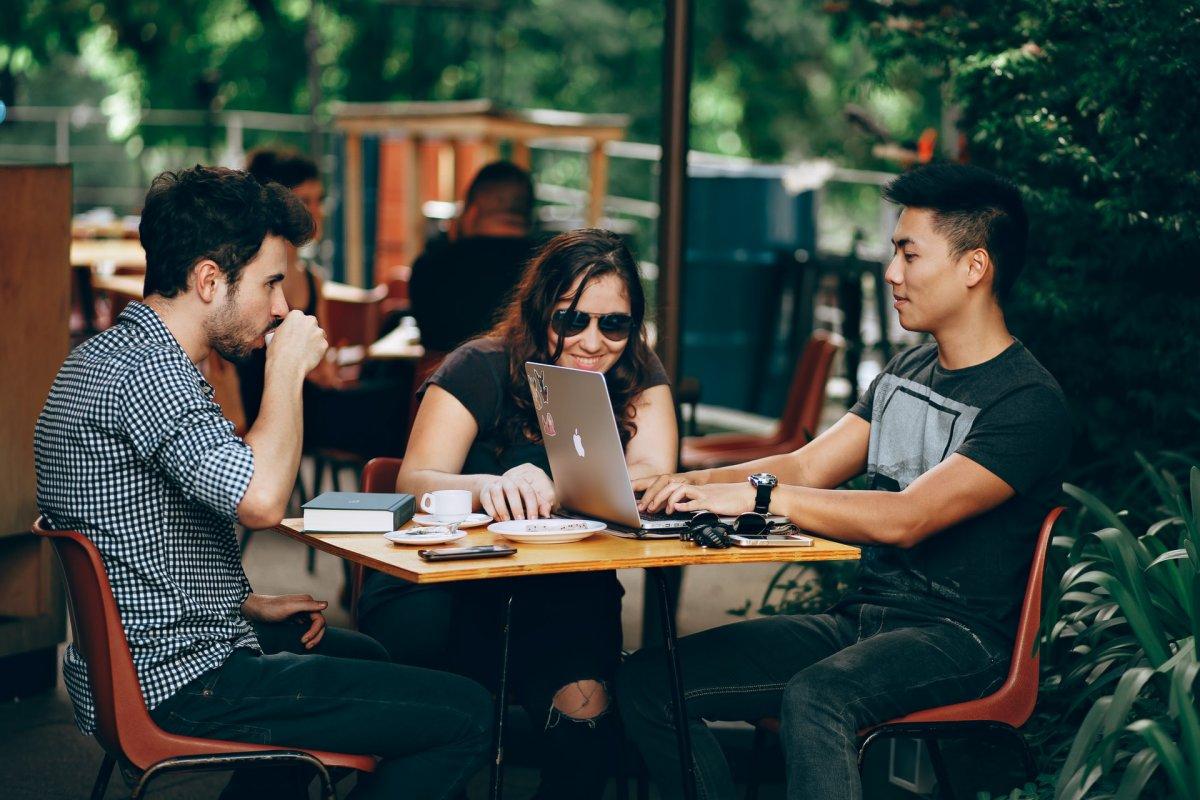
That is it for the best 20 interesting facts about the Brazilian school system…. Wait, did I say 20? Oh yes, because there are 10 more of them, coming right up:
More Brazil School Facts
There are so many things to say about the school system in Brazil that I just could not stop after only 20 facts.
Here, have 10 more Brazil school facts:
21. The classes in Brazil are usually very large
The average number of students per class has decreased from 25 in 2005 to 22.9 in 2016, but Brazil still has large class sizes if you compare it to other countries. This is a bigger problem in primary education because this is where most children go to.
22. Education in Brazil is mandatory from the age of 6 to 14
While neither preschool nor “Maternal” or “Jardim” are mandatory, they are still heavily encouraged. On top of that, they influence the future of the child a lot because of how important the discrepancies between public and private schools are.
23. The teacher salaries are very low in Brazil
This is yet another reason for education issues in Brazil. In comparison to other countries, the salaries of Brazilian teachers are relatively low. Among OECD countries, it is ranked 20th out of 25. On top of that, teachers are underpaid no matter their grades.
24. There are not enough teachers in Brazil
Not only are the few Brazilian teachers underpaid, but there are also not enough of them. In such a huge country with a very large population, there is a very high demand from students, but a lack of educators.
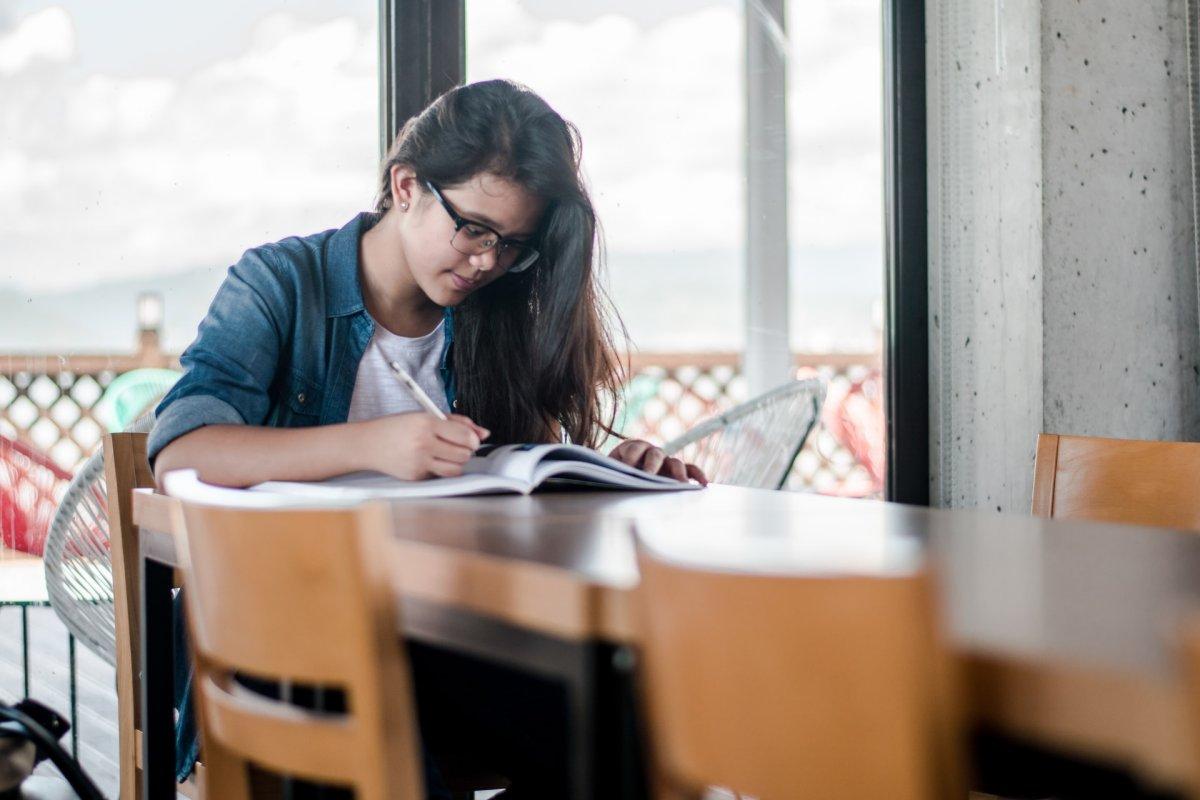
25. Academically speaking, Brazil underperforms
There are more than social and regional disparities in Brazil. In terms of education, the country performs very poorly, especially in science, mathematics and reading. 99 of the worst 100 schools in the country are public, and students often repeat a secondary school grade.
26. The bad results of many public schools can be explained by their infrastructure
The research has taught us that the biggest difference between top-performing schools against the lowest was the infrastructure.
With fewer teachers, a lack of multimedia equipment as well as huge class sizes, it is not that surprising that many public school pupils perform poorly.
27. Whenever a reform is made, there are still huge inequalities
Most of the reforms which have been made have taken way more time to reach the countryside than they did in urban areas. This is another discrepancy in Brazil: innovations, whatever they are, are much quicker in the city.
The same goes for education: rural schools in Brazil are the most problematic ones.
28. Brazilian children are on vacation from mid-December to early February
Because Brazil is located in the southern hemisphere, their summer is the northern people’s winter. Therefore, Brazilian students are on vacation from mid-December to early February. This means that the school year typically lasts 9 months and a half.
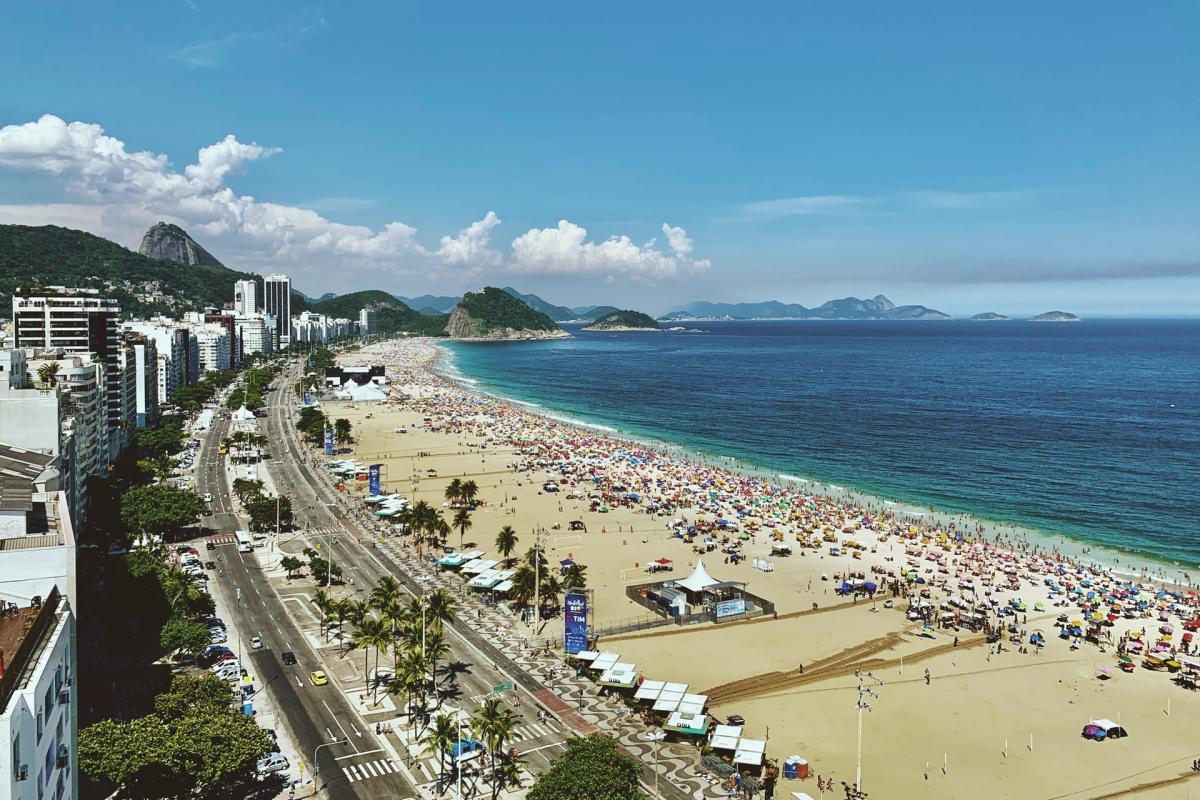
29. Brazilian students can also study in a foreign school
This is very specific, and yet quite possible. As long as students prove their English proficiency as well as their high school completion, they can be granted quality and affordable education from other countries, online. University of the People is a great example of that.
30. There is a reform in education in Brazil
Despite all I have said, which depicts a very poor education system, there is still a lot of hope for Brazil’s future. There were demonstrations made by the public in 2016, signaling their concern to the government.
Also, there is an educational reform aiming to tackle all of the issues.
So there you have them, these were all my 30 facts about education and school life in Brazil. I hope you enjoyed them and that you learned something new today.
In case you want to learn more about the rest of the country’s education system, feel free to keep reading, as I still have lots of things to tell you about:
Brazilian School Hours
Let’s keep going with our next part, dedicated to Brazilian school hours. The typical school schedule in one country can often be very different from your own, and it’s always interesting to have more details on how students go on about their day.
Brazil Primary School Schedule
Before primary school is preschool, which is not compulsory. Starting at the age of 6 though, Brazilian children must go to primary education. There, they learn about mathematics, language, science, arts and history.
Primary school is divided into two parts: Ensino Fundamental I (years 1-5) and Ensino Fundamental II (years 6-9). This first part is dedicated to learning the core academic skills.
To cope with the huge number of students, there are three school sessions each day in Brazil: from 7 AM to 12 PM, from 12 PM to 5 PM and from 5 PM to 10 PM. Not all schools provide all three sessions, but each student must attend one of them at least.
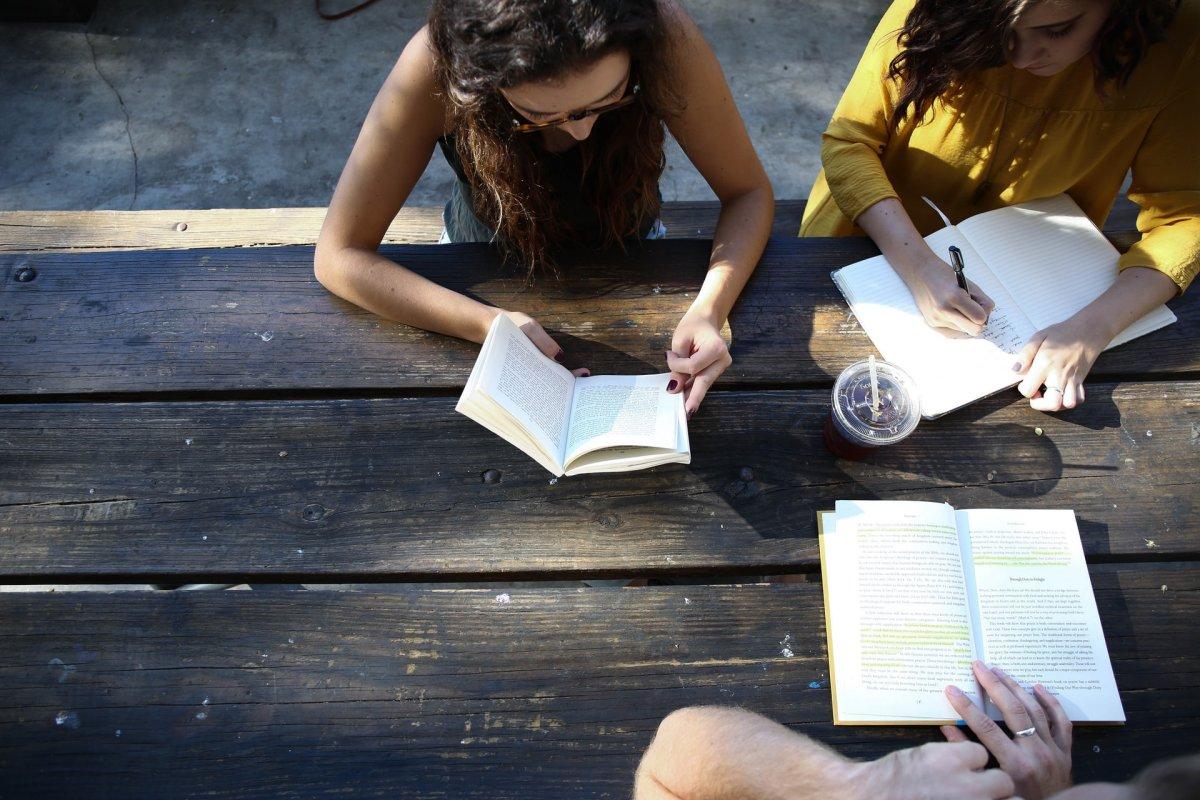
Brazil Secondary School Schedule
Secondary school in Brazil is called Ensino Fundamental II. This curriculum lasts for 4 years, and the main difference from before is that 2 foreign languages (usually Spanish and English) are added to children’s courses.
They are prescribed 800 hours of activities throughout the year, and each class is usually served by a single teacher.
Brazil High School Schedule
When Brazilian pupils complete both Ensino Fundamental I and Ensino Fundamental II, they can pretend to enter Ensino Médio, or high school.
High school in Brazil broadens the subjects and also offers professional training courses in parallel to the academic training during years 2 and 3. Agriculture is a popular choice for these courses.
General Facts About Schooling in Brazil
This last part is dedicated to general facts about schooling in Brazil. More specifically, we’ll check 2 key figures that will give you a better understanding of the education level in Brazil.
Enrollment in tertiary education for Brazil: 46.45%
(Average for regions: Sub-Saharan Africa: 8.6% | South Asia: 20.8% | Arab States: 36.4% | East Asia: 36.5% | Latin America: 43.3% | Europe and Central Asia: 62% | North America: 84%)
Data from World Bank EdStats/UNESCO
Brazil literacy rate: 93%
(Average for regions: Sub-Saharan Africa: 65.3% | South Asia: 72.9% | Arab States: 79.4% | Latin America: 93.7% | East Asia: 95.8% | Europe and Central Asia: 98.5%)
Data from World Bank EdStats/UNESCO
More Education Facts!
Do you want even more education facts about other countries?
Check out these facts:
Or click here to see ALL the education facts up on the blog!
The Full List of 30 Brazilian School Facts
- The lack of education in Brazil leads to a large income inequality
- Only 69 percent of 15-19-year-olds are enrolled in education in Brazil
- For 20-24-year-olds, the enrolment rate in Brazil’s education is even worse
- Graduate salaries are 2.5 times higher than those of non-graduates in Brazil
- People who did not finish secondary education in Brazil are severely underpaid
- There is a reason behind the wage discrepancies in Brazil
- The majority of students in public Brazilian universities are white and rich
- Brazilian government expenditure on education is lower than most OECD countries
- There are still initiatives being made by Brazil to increase the quality of its education
- The financial crisis also affects Brazil’s education
- More needs to be made in the near future to take care of Brazil’s education
- The first phase of Brazil’s education is pre-school
- The second phase of Brazil education is kindergarten
- Discrepancies in Brazil’s education system start at a very young age
- “Maternal” are state-run crèches for children aged 2 to 5
- “Jardim” are schools for children aged 3 to 6
- The schools advise parents to choose either “Maternal” or “Jardim” in Brazil
- Public schools are a popular choice in Brazil
- Private schools are probably the best option in Brazil
- There are also international schools for expats in Brazil
- The classes in Brazil are usually very large
- Education in Brazil is mandatory from the age of 6 to 14
- The teacher salaries are very low in Brazil
- There are not enough teachers in Brazil
- Academically speaking, Brazil underperforms
- The bad results of many public schools can be explained by their infrastructure
- Whenever a reform is made, there are still huge inequalities
- Brazilian children are on vacation from mid-December to early February
- Brazilian students can also study in a foreign school
- There is a reform in education in Brazil
Share the knowledge! Click on the buttons below to share these Brazilian school facts with your friends, and help them learn more about the world 🙂

